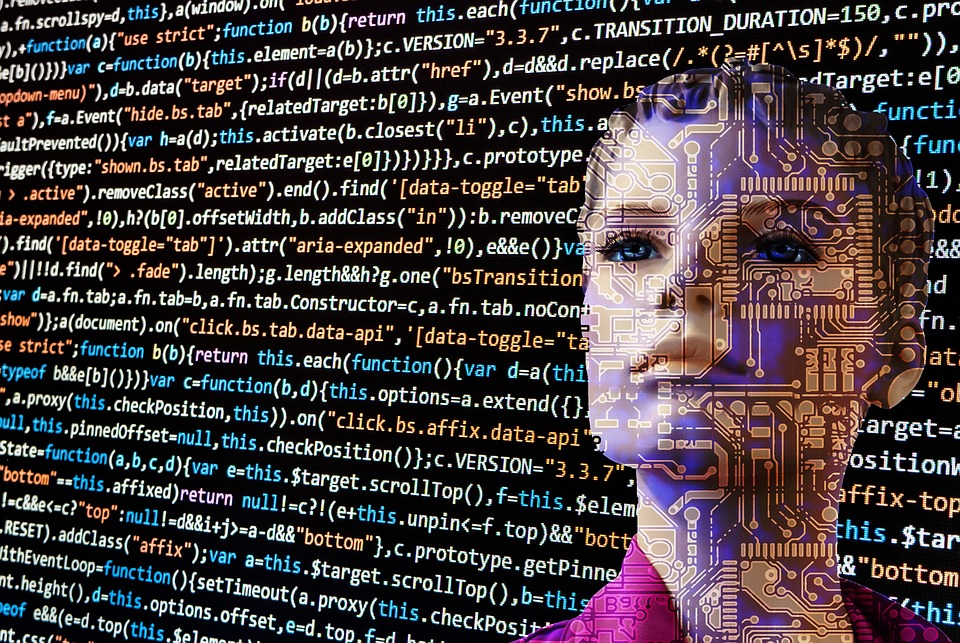The Rise of Artificial Intelligence
In recent years, Artificial Intelligence (AI) has emerged as a groundbreaking technology that has the potential to revolutionize various industries and transform the way we interact with technology. AI is a branch of computer science that deals with the development of intelligent machines capable of performing tasks that typically require human intelligence. To understand the basics of AI, it’s essential to delve into its primary components and underlying concepts.
Machine Learning: The Foundation of AI
Machine Learning (ML) is a subset of AI that refers to the ability of machines to learn and improve from experience without explicit programming. In ML, algorithms are designed to analyze vast amounts of data to identify patterns, make predictions, and acquire new knowledge. With its ability to analyze complex datasets, Machine Learning forms the foundation of many AI applications, such as facial recognition systems, virtual assistants, and recommendation engines.
Supervised Learning: Learning from Labeled Data
One of the primary branches of Machine Learning is supervised learning, which involves training an AI model using labeled datasets. Labeled data consists of input variables (features) and corresponding output variables (labels or targets). By learning from this labeled dataset, the model can make accurate predictions or classifications on unseen data based on the patterns it has learned.
Unsupervised Learning: Extracting Hidden Patterns
Unlike supervised learning, unsupervised learning does not rely on labeled datasets. Instead, it focuses on finding inherent patterns or relationships in the data. Clustering and dimensionality reduction techniques are commonly used in unsupervised learning to group similar data points together and reduce the complexity of the dataset. Unsupervised learning is crucial for tasks such as customer segmentation, anomaly detection, and data visualization.
Deep Learning: Mimicking Human Neural Networks
Deep Learning is a specialized subset of Machine Learning that emulates the way the human brain processes information by using artificial neural networks. These networks consist of layers of interconnected nodes called neurons. Each neuron receives input from the previous layer, processes it, and passes it on to the next layer, allowing the network to learn hierarchical representations of data. Deep Learning has achieved remarkable results in various domains, including image and speech recognition, natural language processing, and autonomous driving.
Natural Language Processing: Communicating with AI
Natural Language Processing (NLP) involves the interaction between computers and human language. It enables machines to understand, interpret, and respond to human language in a way that feels natural to us. NLP, powered by AI, is used in chatbots, voice assistants, language translation, sentiment analysis, and text summarization, making human-computer communication seamless and efficient.
Sentiment Analysis: Extracting Emotions from Text
Sentiment analysis is a subfield of NLP that uses AI techniques to determine the sentiment or emotion expressed in a piece of text. Through analyzing keywords, grammar, and contextual information, sentiment analysis algorithms can identify whether a given text expresses positive, negative, or neutral sentiment. This technology is widely applied in social media monitoring, brand reputation management, and customer feedback analysis.
Robotics and AI: Enhancing Automation
Combining robotics with AI has paved the way for advanced automation and autonomous systems. AI-powered robots can perceive, learn, make decisions, and interact with their environment, enabling them to perform complex tasks traditionally reserved for humans. Robotics and AI are transforming industries such as manufacturing, healthcare, agriculture, and logistics by enhancing productivity, efficiency, and safety.
Conclusion
Artificial Intelligence is a remarkable technology that holds immense potential for shaping the future. Through this article, we have explored the basics of AI, including its foundations in Machine Learning, deep learning, natural language processing, and its integration with robotics. As AI continues to advance, it will undoubtedly redefine industries, improve our daily lives, and open up new possibilities for innovation and discovery.

